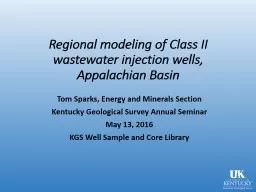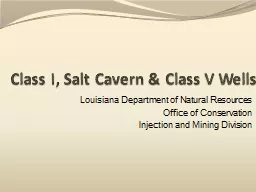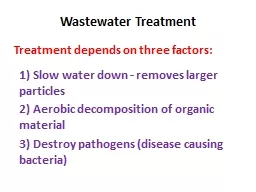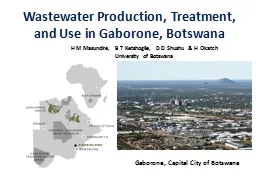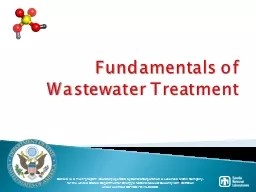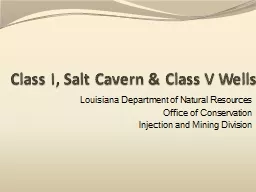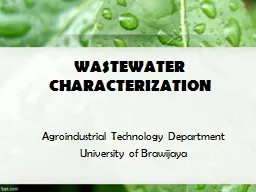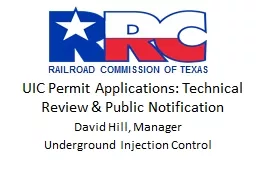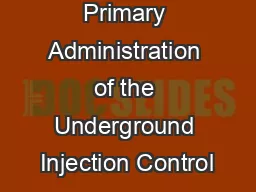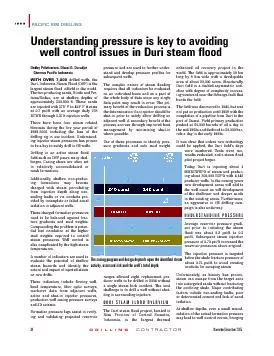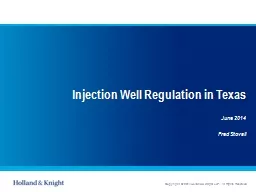PPT-Regional modeling of Class II wastewater injection wells, A
Author : olivia-moreira | Published Date : 2017-03-25
Tom Sparks Energy and Minerals Section Kentucky Geological Survey Annual Seminar May 13 2016 KGS Well Sample and Core Library Outline of presentation Class II brine
Presentation Embed Code
Download Presentation
Download Presentation The PPT/PDF document "Regional modeling of Class II wastewater..." is the property of its rightful owner. Permission is granted to download and print the materials on this website for personal, non-commercial use only, and to display it on your personal computer provided you do not modify the materials and that you retain all copyright notices contained in the materials. By downloading content from our website, you accept the terms of this agreement.
Regional modeling of Class II wastewater injection wells, A: Transcript
Download Rules Of Document
"Regional modeling of Class II wastewater injection wells, A"The content belongs to its owner. You may download and print it for personal use, without modification, and keep all copyright notices. By downloading, you agree to these terms.
Related Documents

